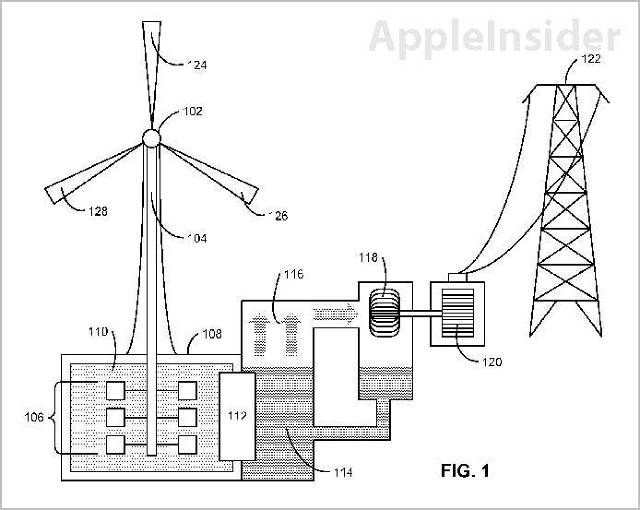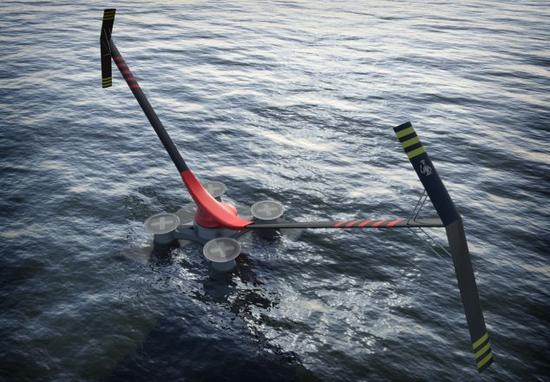Advertisement
If you have a new account but are having problems posting or verifying your account, please email us on hello@boards.ie for help. Thanks :)
Hello all! Please ensure that you are posting a new thread or question in the appropriate forum. The Feedback forum is overwhelmed with questions that are having to be moved elsewhere. If you need help to verify your account contact hello@boards.ie
Hi all! We have been experiencing an issue on site where threads have been missing the latest postings. The platform host Vanilla are working on this issue. A workaround that has been used by some is to navigate back from 1 to 10+ pages to re-sync the thread and this will then show the latest posts. Thanks, Mike.
Hi there,
There is an issue with role permissions that is being worked on at the moment.
If you are having trouble with access or permissions on regional forums please post here to get access: https://www.boards.ie/discussion/2058365403/you-do-not-have-permission-for-that#latest
There is an issue with role permissions that is being worked on at the moment.
If you are having trouble with access or permissions on regional forums please post here to get access: https://www.boards.ie/discussion/2058365403/you-do-not-have-permission-for-that#latest
Novel wind turbine designs
-
18-04-2013 10:35am#1
Comments
-
-
-
-
-
-
Advertisement
-
-
-
-
-
-
Advertisement
-
-
-
-
-
-
-
-
-
-
-
Advertisement
-
-
-
-
-
-
-
-
-
-
Advertisement
-
-
-
-
-
-
-
Advertisement
-
-
-
-
-
-
Advertisement
-
-
-
-
-
-
-
-
-
-
-
Advertisement
Advertisement
 https://www.youtube.com/watch?v=Z2EonAJA4bM
https://www.youtube.com/watch?v=Z2EonAJA4bM https://www.youtube.com/watch?v=tqksCHWROBU
https://www.youtube.com/watch?v=tqksCHWROBU https://www.youtube.com/watch?v=QlSHH_djn94
https://www.youtube.com/watch?v=QlSHH_djn94


 https://www.youtube.com/watch?v=vQexzNg_e9A
https://www.youtube.com/watch?v=vQexzNg_e9A


 Well the logistics of taking off and landing a Spruce Goose wing with a net return of energy and a robot rugged enough to steer and anchor it I think might be a significant hurdle too.
Well the logistics of taking off and landing a Spruce Goose wing with a net return of energy and a robot rugged enough to steer and anchor it I think might be a significant hurdle too. 



 .
.














